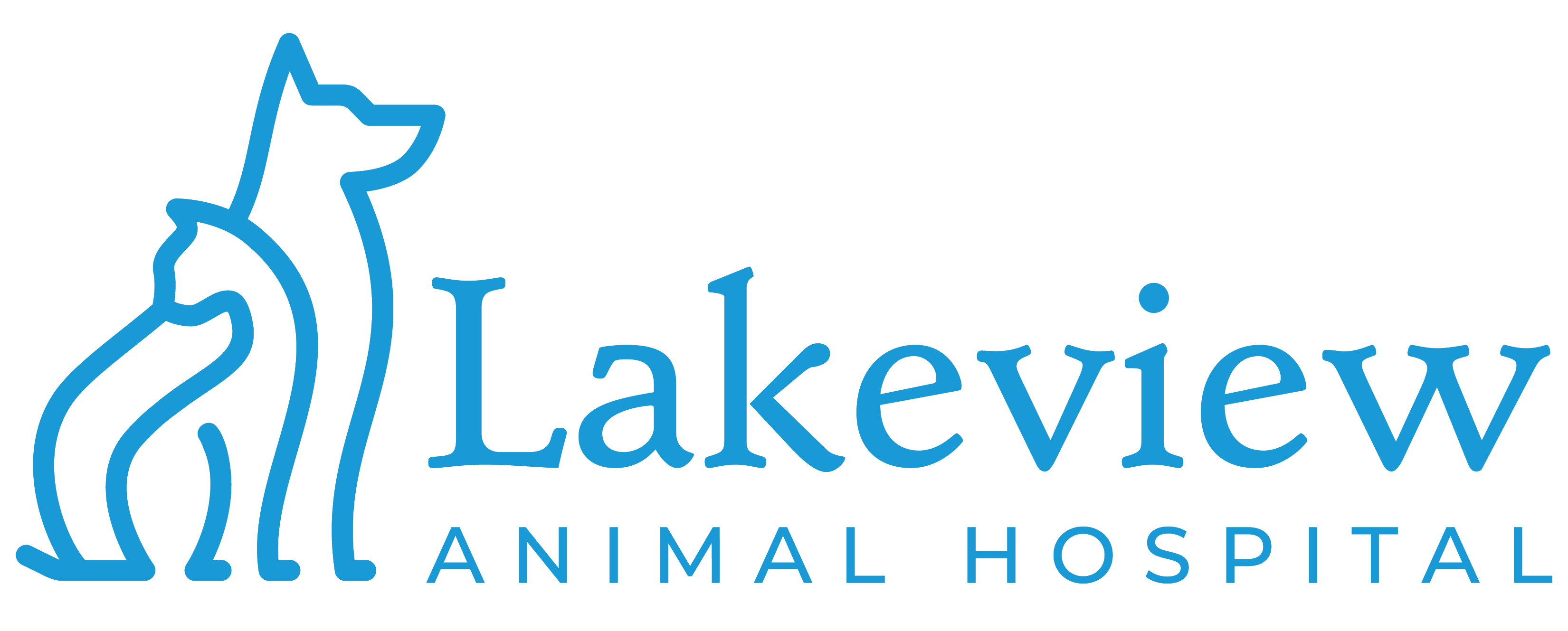Educational Articles
-
With all cancer management strategies, providing optimal nutrition for your dog is essential. The metabolic effects of cancer will persist after treatment but with your veterinarian’s guidance, you can adjust your dog’s nutrient profile and potentially avoid some of these negative side effects. Carbohydrates promote cancer cell growth, while cancer cells have a difficult time using fat as an energy source, so foods that are relatively high in fat and low in carbohydrate may benefit dogs with cancer. The effects of surgery, chemotherapy, and radiation therapy will be considered when your veterinarian advises a nutrient profile, formulation, quantity, and delivery method for your dog.
-
The food you feed your dog is the largest factor you can control to give them optimal health. The diet formulation should change over your dog’s life as he moves through the different life stages of puppy, adult, and senior. The diet type can help manage or improve many medical conditions by feeding specific nutritional profiles. Your veterinarian is always ready to help you make the best nutritional choices for your dog.
-
Once your dog reaches adulthood, his nutrient profile changes from when he was a puppy. Your veterinarian can help you determine what proportion of each nutrient is needed based on your dog’s lifestyle and current body condition. Avoid free-feeding and work on a meal schedule. Following these steps can help your dog lead a healthier life and avoid becoming overweight or obese.
-
An FHO, or femoral head ostectomy, is a surgical procedure that aims to restore pain-free mobility to a diseased or damaged hip by removing the head and neck of the femur (the long leg bone or thighbone). This procedure is commonly recommended for smaller dogs, especially those who are at a healthy weight. Active dogs often experience better results with FHO than less-active dogs. It is important to follow your veterinarian's post-operative instructions. Most dogs will show signs of complete recovery approximately six weeks post-operatively.
-
To be classified as a fever of unknown origin (FUO), the body temperature must be above 103.5°F (39.7°C) for longer than a few days, with no obvious underlying cause based on history and physical examination. A fever is beneficial to the body, but if a fever remains above 106°F (41.1°C) for more than a few days, several consequences occur within the body and can be life threatening. If your pet has a fever, your veterinarian will perform a thorough physical examination, perform diagnostic blood tests, urine culture, and possibly other diagnostic tests. Antibiotics are often prescribed.
-
Finasteride is given by mouth and is used off-label to treat benign prostatic hypertrophy (enlarged prostate) in intact male dogs, and may also be used for adrenal problems in ferrets. Give as directed. Side effects are uncommon. Do not use it in sexually developing animals or in females, including pregnant or nursing females. If a negative reaction occurs, please call your veterinarian.
-
This handout discusses how to find reliable information for your pet on the internet. Recommendations are to always seek out trusted sources, such as your own veterinary clinic, veterinary schools, and those sites with content written by veterinarians. Try to avoid sites offering homemade cures, are heavily weighted with opinions, or offer prescription medications without requiring a veterinarian’s prescription.
-
Fine needle aspiration is a useful tool to collect samples for cytology and is often used to diagnose abnormal lumps on your pet's body as well as evaluation of fluid samples and tissue surfaces. It is relatively simple and inexpensive but can provide a lot of information. Depending on results, further tests may be indicated to best help your pet.
-
The sight of blood is frightening for many people, especially when an injured dog is bleeding. With quick first aid, the situation is not as scary. An injured pet is scared and in pain so be sure to take precautions to avoid being bitten. You may need to use a muzzle or have someone restrain your dog while you provide first aid. Keeping wounds covered with pressure to slow the bleeding is the first step. Minor injuries may be manageable at home, but larger wounds and internal bleeding require immediate veterinary care.
-
Medical emergencies occur suddenly and without warning. It is important for all dog owners to have a basic understanding of common veterinary medical emergencies and basic first aid for their pets. This handout provides guidelines you can follow in the event that your dog is experiencing shock and/or requires rescue breathing or CPR. In any emergency situation with your pet, contact your veterinarian or closest emergency facility immediately.

